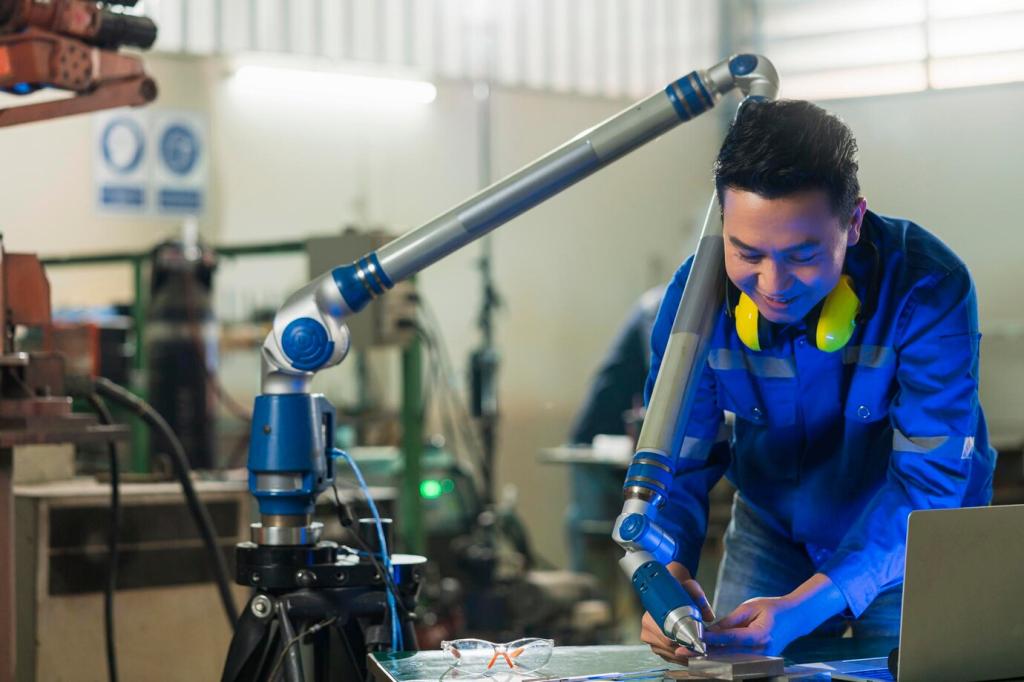A True Story: The Water Heater That Warned Us Early
A family’s smart plug saw rising wattage variance during reheating cycles, while a nearby temperature sensor showed longer recovery times. On their own, these shifts felt innocent. Together, AI flagged sediment buildup and a failing element. The alert arrived on a Thursday, not at 2 a.m. on Sunday.
A True Story: The Water Heater That Warned Us Early
Armed with an early warning, the homeowners scheduled a quick flush and element swap. No burst tank, no water damage, no emergency fees. The repair cost a fraction of replacement. Most importantly, their weekend plans stayed intact. Have you caught a problem early? Share your story to help others learn.






